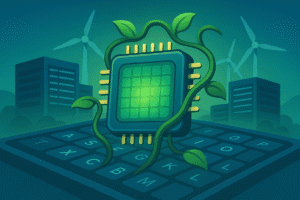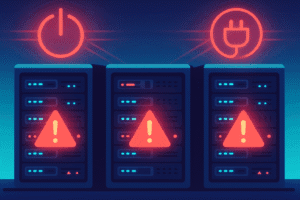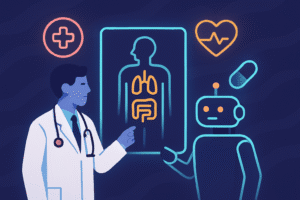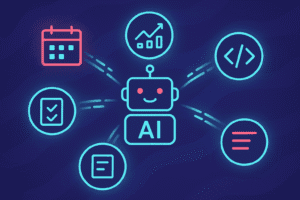Software vs. Hardware: Key Differences
When we talk about computers, phones, or any tech device, two terms always come up: software and hardware. But what do they really mean? And how do they differ?
In this guide, we’ll break down software vs hardware in clear terms so you can understand the essentials of how your devices actually work.
What Is Hardware?
Hardware is the physical component of any computer system. It’s what you can touch and see.
Examples of hardware:
- Laptop, desktop, or smartphone
- Keyboard, mouse, monitor
- Hard drive, RAM, motherboard
- Printers, speakers, and scanners
“If you can hold it, it’s probably hardware.”
Hardware is the foundation. Without it, software wouldn’t have a place to run.
What Is Software?
On the flip side, software refers to the programs and code that run on your hardware. It’s not something you can physically touch, but it’s what makes your device useful.
Examples of software:
- Operating systems like Windows, macOS, or Linux
- Applications like Microsoft Word, Photoshop, or Google Chrome
- Games, mobile apps, and antivirus tools
“Software is the invisible brain inside your visible machine.”
Want to learn more about software types? Check out this beginner-friendly software guide by GeeksforGeeks.
How They Work Together
Hardware and software are interdependent. One can’t function meaningfully without the other.
- Software tells the hardware what to do. For example, when you click “Print,” the software sends that command to your printer (hardware).
- Hardware executes the tasks the software demands.
This interaction is what powers every digital experience you have—from checking email to streaming music.
Key Differences: Software vs Hardware
| Aspect | Hardware | Software |
|---|---|---|
| Definition | Physical parts of a system | Programs and instructions |
| Tangible? | Yes, you can touch it | No, it’s intangible |
| Examples | CPU, keyboard, phone | Browser, OS, apps |
| Durability | Can wear out over time | Doesn’t degrade physically |
| Modifiability | Harder to upgrade | Easier to update or uninstall |
Types of Software and Hardware
Types of Hardware:
- Input Devices: Keyboard, mouse
- Output Devices: Monitor, speakers
- Storage: SSDs, HDDs
- Processing: CPU, GPU
Explore more hardware components at Intel’s hardware learning hub.
Types of Software:
- System Software: Operating systems, device drivers
- Application Software: Web browsers, games, productivity tools
- Utility Software: Antivirus, disk cleanup tools
Why Knowing the Difference Matters
Understanding software vs hardware helps you:
- Troubleshoot your own tech problems
- Decide what to upgrade or replace
- Make informed choices when buying new devices
Want to improve your computer’s performance? Sometimes you need a software update, other times you need more RAM!
Conclusion
Understanding the differences between software and hardware is more than just tech trivia—it’s essential knowledge for anyone using digital devices. Whether you’re troubleshooting issues, upgrading your setup, or simply trying to become more tech-savvy, this foundation will serve you well.
“Think of hardware as the body and software as the mind—both must work together to function.”
So next time you’re staring at a screen, you’ll know exactly what’s behind it—and how it all connects.
Recommended Reading
Share this post:














Post Comment